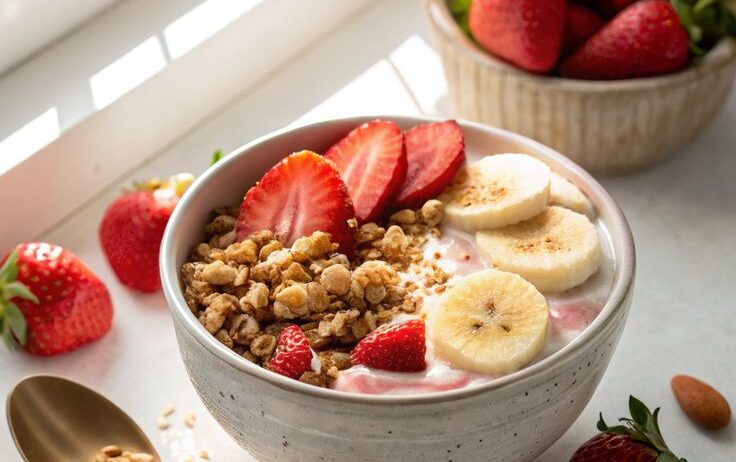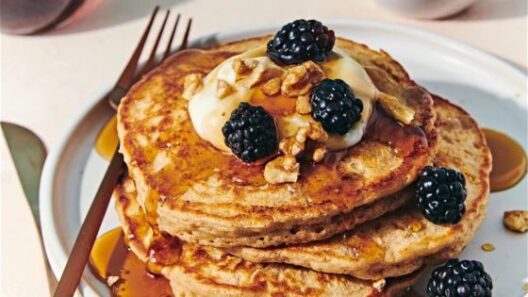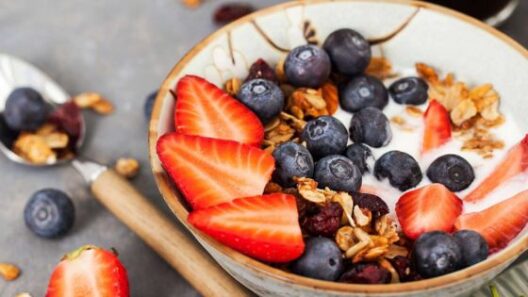Cutting back on sugar doesn’t mean you have to sacrifice flavor or satisfaction in your snacks. Whether you want to avoid sugar for health reasons or simply to reduce cravings, sugar-free snacks offer a tasty, practical solution. Sugar-free snacks can keep you energized and curb your sweet tooth without the sugar crash or added calories.
You’ll find a variety of sugar-free options that range from nuts and seeds to sugar-free baked goods and protein-packed bites. Choosing the right snacks can also help you maintain steady blood sugar levels, support weight management, and improve overall diet quality. It’s easier than you might think to find satisfying choices that fit your lifestyle and preferences.
Knowing what to look for will guide you to snacks that are both nutritious and enjoyable. Focus on whole foods or products with minimal added ingredients, and avoid hidden sugars by checking labels carefully. This approach ensures your snacks contribute positively to your health while keeping your taste buds happy.
Key Takeaways
- Sugar-free snacks provide satisfying alternatives without causing sugar crashes.
- There are many types of sugar-free snacks to fit different dietary needs and tastes.
- Choosing snacks with minimal ingredients helps you maintain better overall nutrition.
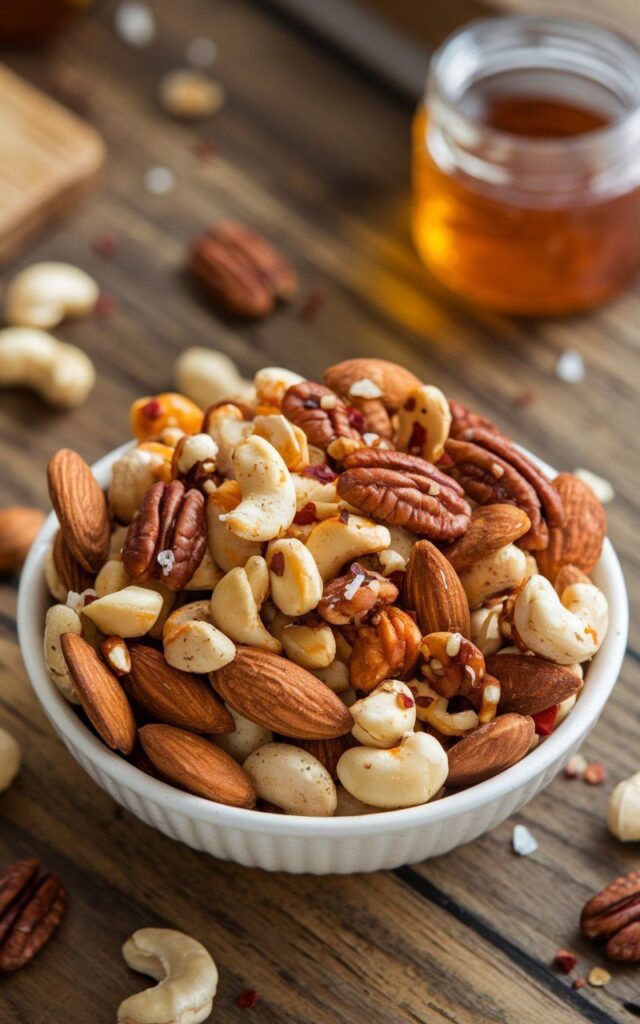
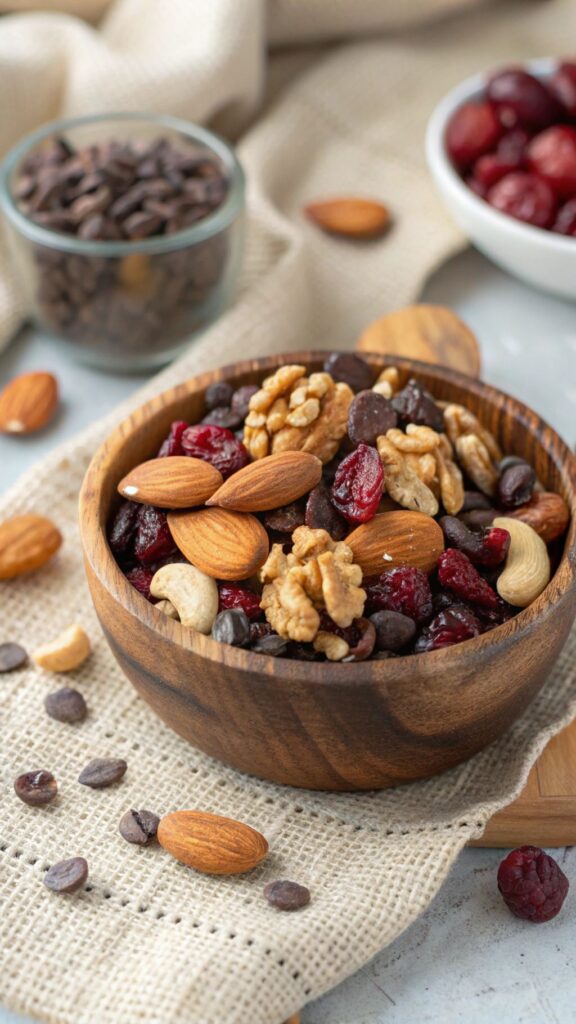
Benefits of Sugar Free Snacks
Choosing sugar-free snacks can have a meaningful impact on your health in several specific ways. They help regulate your body’s energy and metabolism, support your weight goals, and reduce your risk of dental problems.
Blood Sugar Control
Sugar-free snacks help you avoid rapid spikes and drops in blood glucose levels. This stability reduces cravings and prevents energy crashes that happen after consuming sugary foods.
By selecting snacks with no added sugars or artificial sweeteners that do not affect insulin, you can support more consistent blood sugar control. This is especially important if you have diabetes or are at risk.
Many sugar-free options are high in protein or fiber, which further helps slow digestion and absorption of carbohydrates. This gradual process aids in maintaining balanced blood sugar throughout the day.
Weight Management
Sugar-free snacks often contain fewer calories than their sugary counterparts. When you replace high-sugar items with sugar-free alternatives, it becomes easier to reduce your overall calorie intake.
Since sugar causes rapid energy fluctuations, removing it can decrease feelings of hunger caused by blood sugar crashes. This helps you better control portion sizes and avoid overeating.
Choosing snacks rich in protein or fiber alongside being sugar-free adds satiety, helping you stay fuller for longer. This combination supports your weight management without sacrificing taste or variety.
Dental Health
Sugar-free snacks lower the risk of tooth decay compared to sugary snacks. Sugar feeds the harmful bacteria in your mouth that produce acids, which erode tooth enamel.
By avoiding added sugars, you reduce the supply of fermentable carbohydrates that bacteria need to thrive. This helps protect your teeth from cavities and gum disease.
Some sugar-free snacks use natural sweeteners like xylitol, which may actively inhibit bacterial growth. This gives an additional dental protective effect beyond just avoiding sugar.

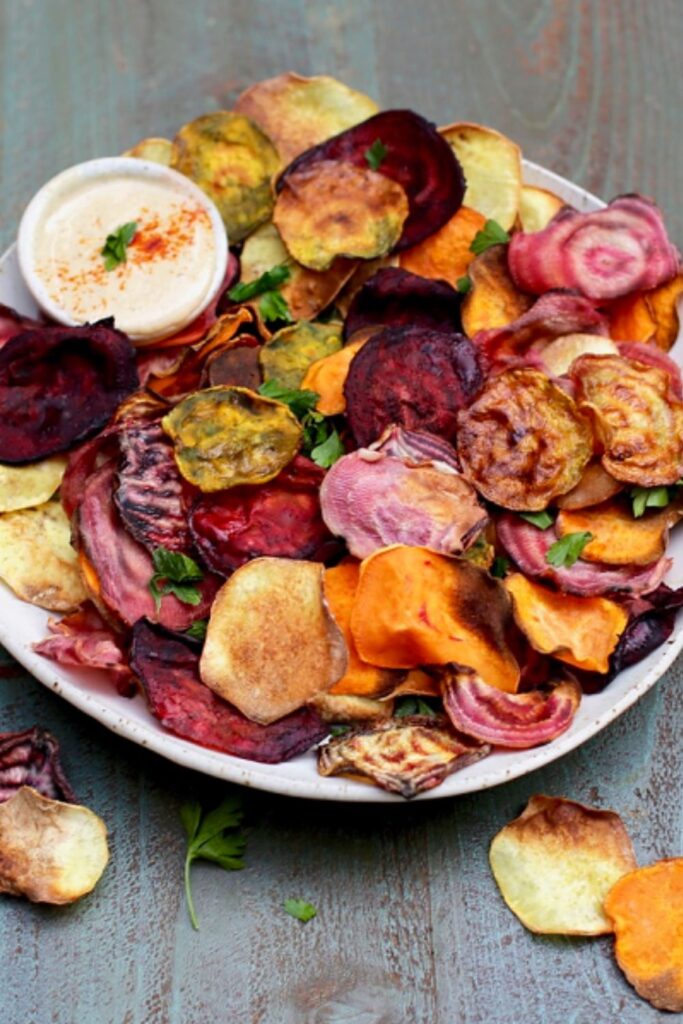
Types of Sugar Free Snacks
You can choose from a variety of sugar-free snacks that provide different textures, nutrients, and flavors. These options help keep your energy steady without added sugars, supporting better health and satiety.
Nut-Based Snacks
Nuts like almonds, walnuts, and cashews are excellent sugar-free snacks. They offer healthy fats, protein, and fiber, which help keep hunger at bay while supporting heart health.
You can eat raw nuts or try roasted varieties without added sugars or salt. Nut butters made from pure nuts are another option, but check labels to avoid added sweeteners.
Including mixed nuts in your snacks ensures a balance of nutrients such as vitamin E, magnesium, and antioxidants. A small handful is usually enough to satisfy your cravings and sustain energy.
Vegetable Chips and Crisps
Vegetable chips made from kale, zucchini, or beets provide a crunchy, low-sugar alternative to traditional snacks. They usually contain fiber and vitamins while being free of added sugars.
Look for baked or dehydrated options rather than fried to avoid excess unhealthy fats. Homemade vegetable chips allow you to control seasoning and avoid hidden sugars.
These snacks are also convenient for on-the-go eating and can be paired with dips like guacamole or hummus, enhancing their nutritional value.
Dairy and Yogurt Options
Plain Greek yogurt or unsweetened cottage cheese offer protein-rich, sugar-free snack choices. These options support muscle maintenance and help you feel full longer.
If you want some flavor, add nuts or cinnamon yourself instead of buying pre-flavored versions, which often contain hidden sugars.
Look for dairy products labeled “no added sugar” and check the ingredient list carefully. You can also try unsweetened kefir or cheese for variety.
Fruit Alternatives
Fresh berries, such as strawberries, raspberries, or blackberries, contain lower natural sugar compared to other fruits. They add vitamins and antioxidants without raising sugar intake significantly.
Frozen fruit cups with no added syrup or dried fruit options without added sugar can also serve as fruit alternatives.
Avoid fruit snacks or juices labeled as “sugar-free” but with artificial sweeteners or added sugars. Focus on whole or minimally processed fruits to keep your snack truly sugar-free.
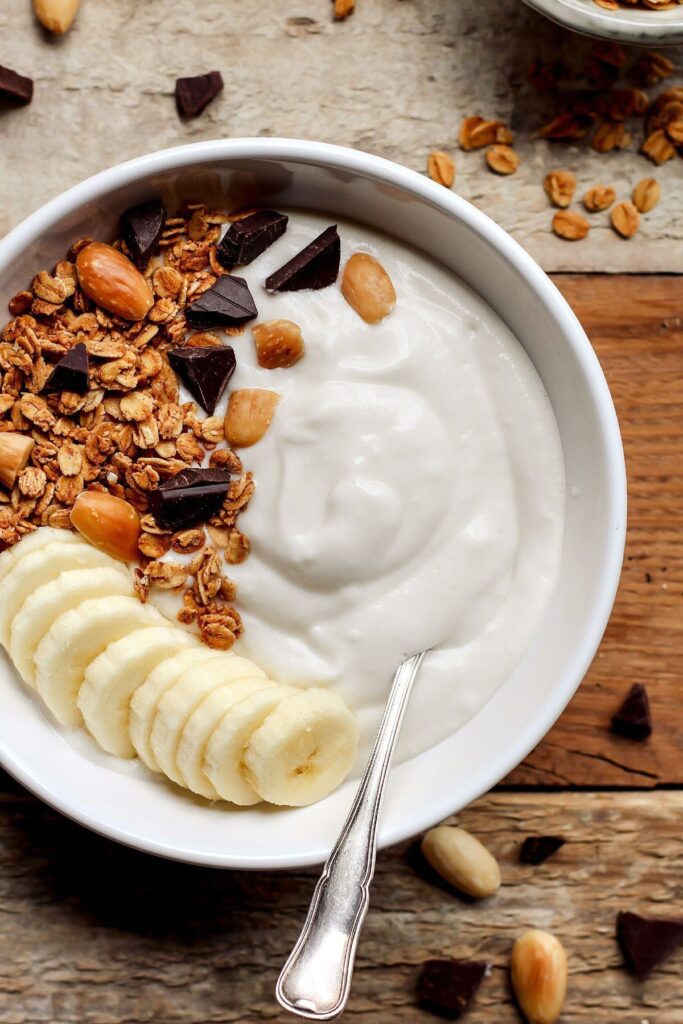
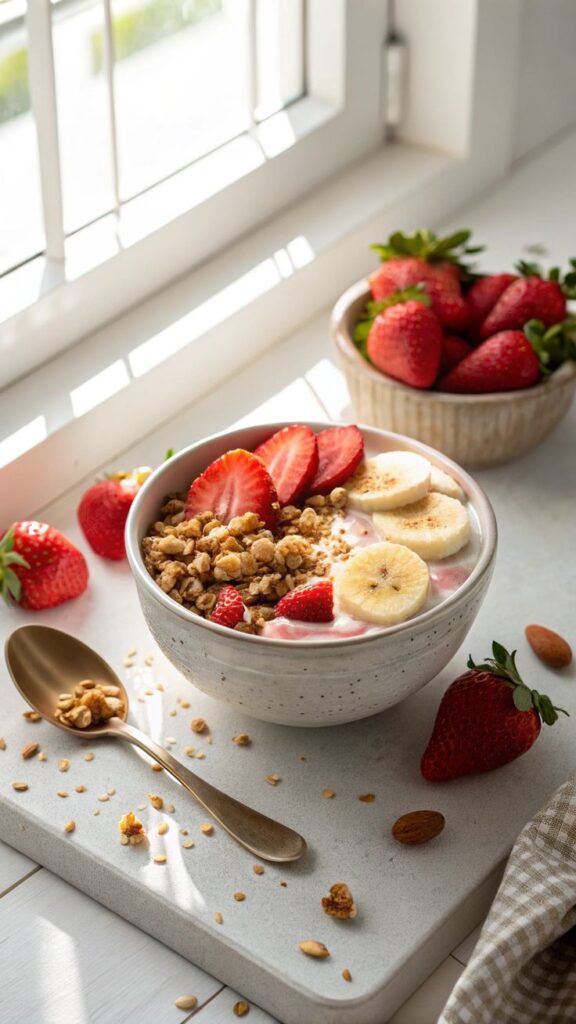
How to Choose Healthy Sugar Free Snacks
Choosing the right sugar free snacks means knowing how to evaluate their ingredients for true health benefits. You want to focus on what’s inside the package beyond just the absence of sugar. This includes paying close attention to labels, ingredients, and hidden sources that could impact your health.
Reading Nutrition Labels
When selecting sugar free snacks, start by carefully checking the nutrition label. Look for the total carbohydrates, fiber, and sugar alcohols since these affect blood sugar differently.
Focus on the “Total Sugars” and “Added Sugars” sections. A truly sugar free snack should have zero grams of added sugars. Keep in mind that some labels may include naturally occurring sugars, like those found in nuts or dairy.
Review the calorie and fat content as well. A low-sugar snack can still be high in calories or unhealthy fats, so opt for options with balanced nutrition for sustained energy and satisfaction.
Avoiding Artificial Sweeteners
Not all sugar substitutes are equally healthy. Many sugar free snacks use artificial sweeteners like aspartame, sucralose, or saccharin, which some individuals may prefer to avoid due to potential health concerns or taste preferences.
If you want to steer clear of these sweeteners, look for snacks that use natural alternatives such as stevia, monk fruit, or erythritol. These options generally have fewer side effects and lower glycemic impact.
Check the ingredient list to verify which sweeteners are included. Avoid snacks with long lists of chemical additives or sweeteners you don’t recognize.
Identifying Hidden Sugars
Hidden sugars can appear under many names, masking their presence in sugar free snacks. Ingredients such as maltodextrin, dextrose, corn syrup solids, and fruit juice concentrates can increase sugar content despite labeling claims.
Scan the ingredients list carefully for these terms. Even if a product states “sugar free,” it might contain small amounts of hidden sugars that affect blood sugar or overall health.
Be aware of mislabeled products that emphasize “no added sugar” but contain sugar in packaged forms or syrups. Choosing snacks with simple, recognizable ingredients helps you avoid these hidden sugars.
